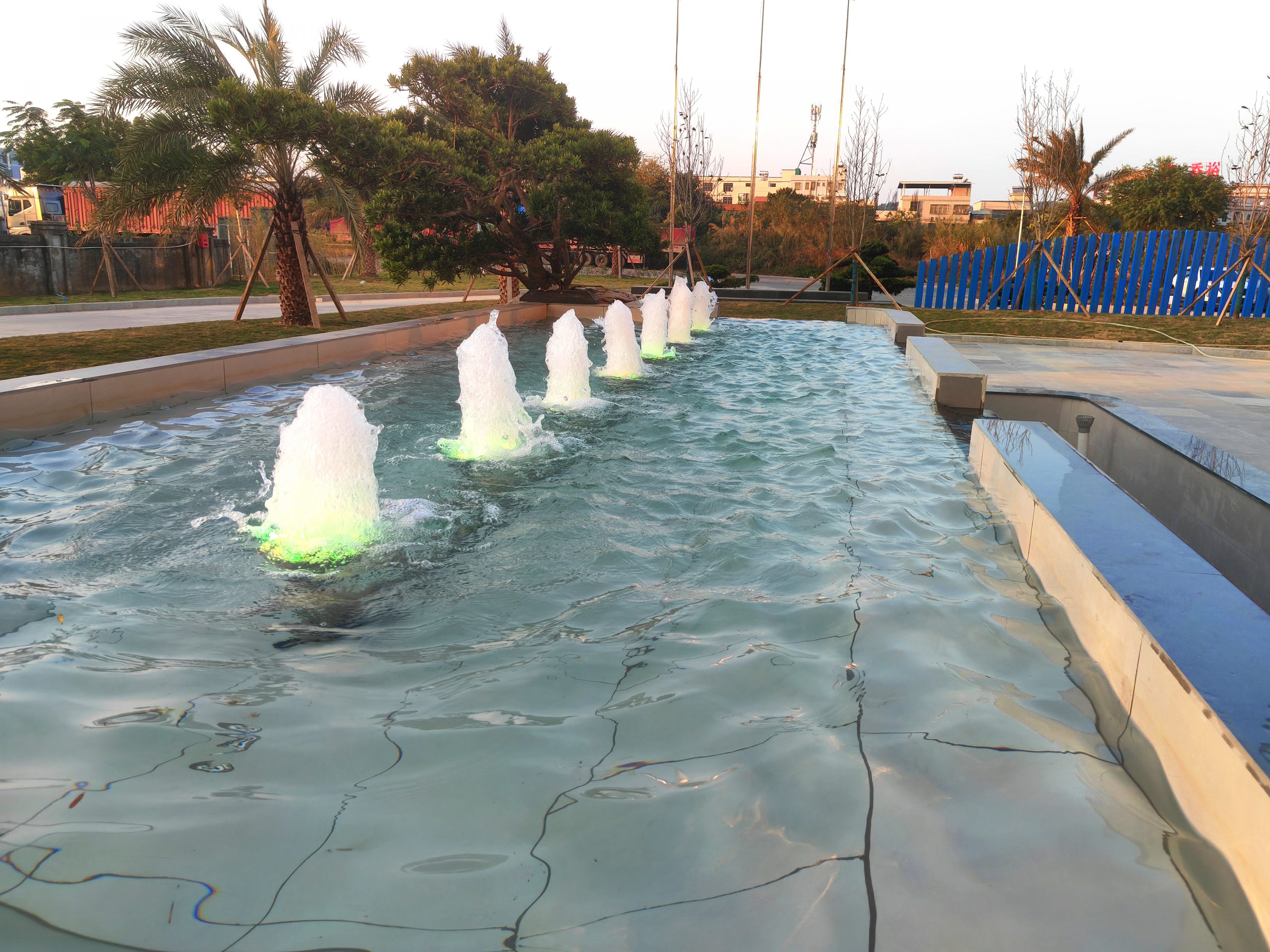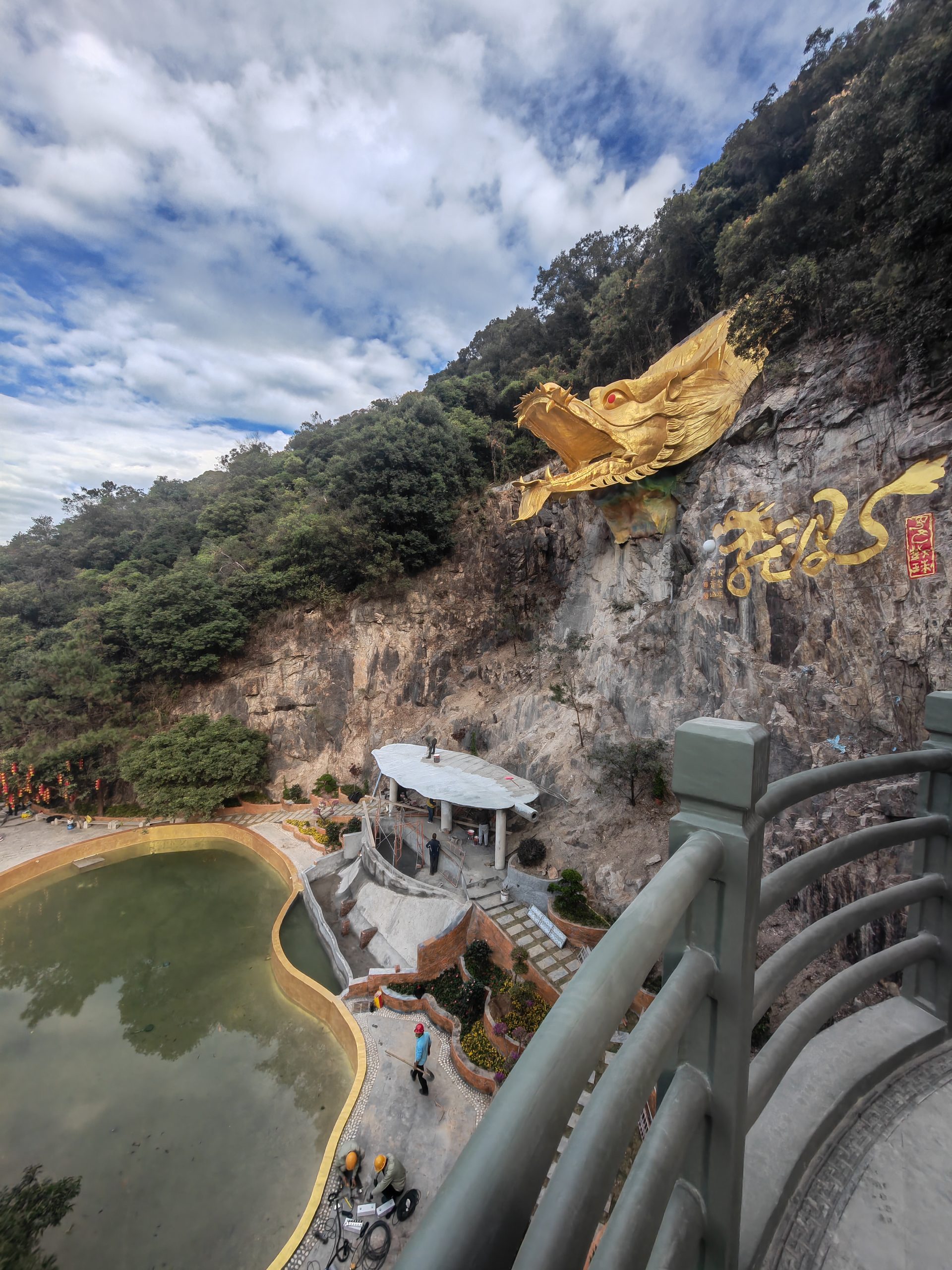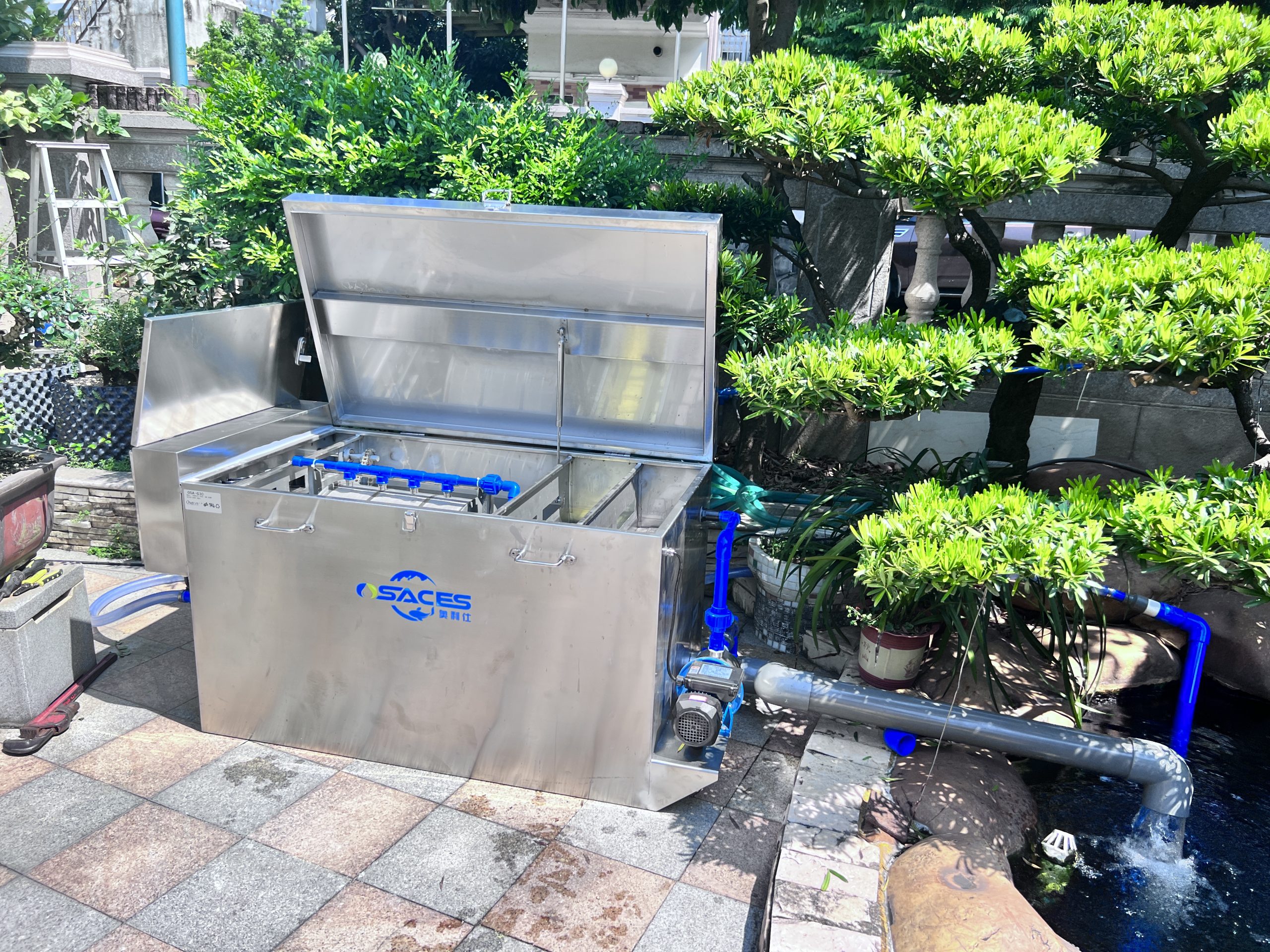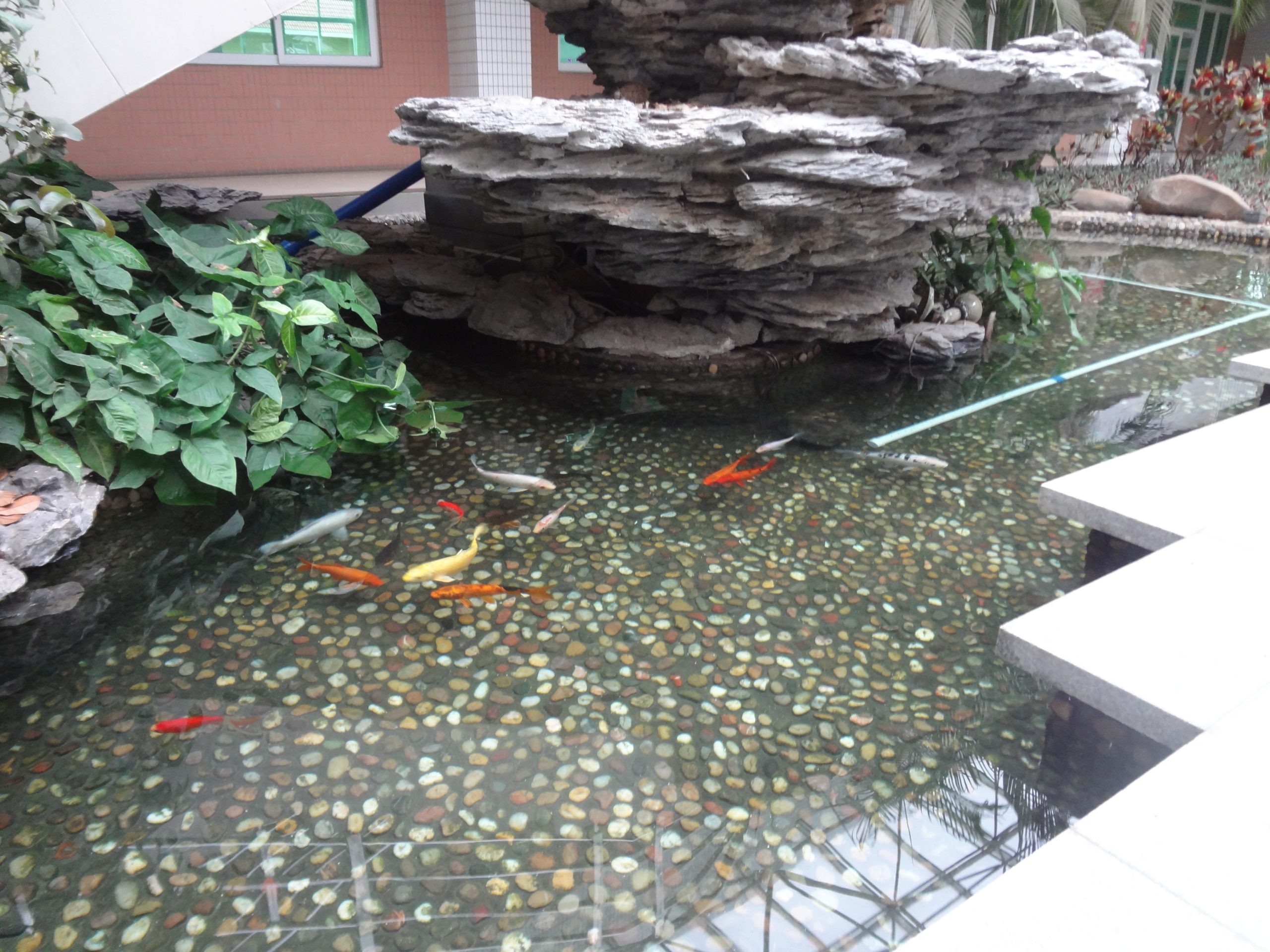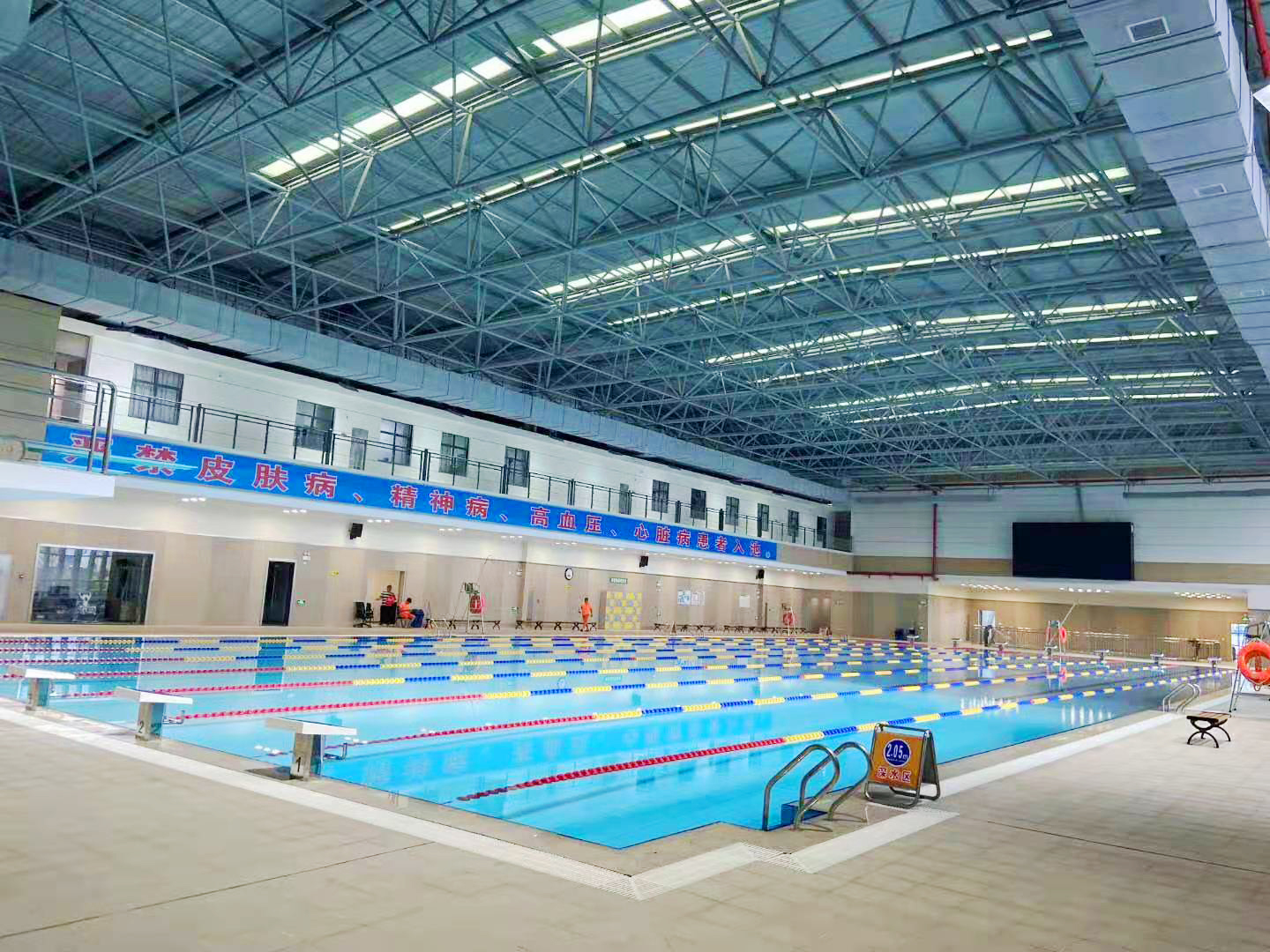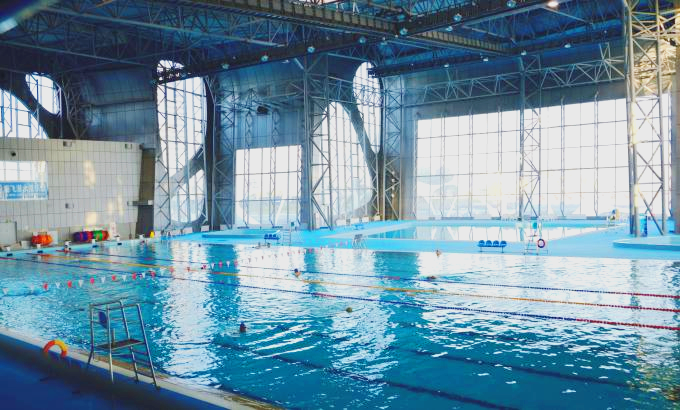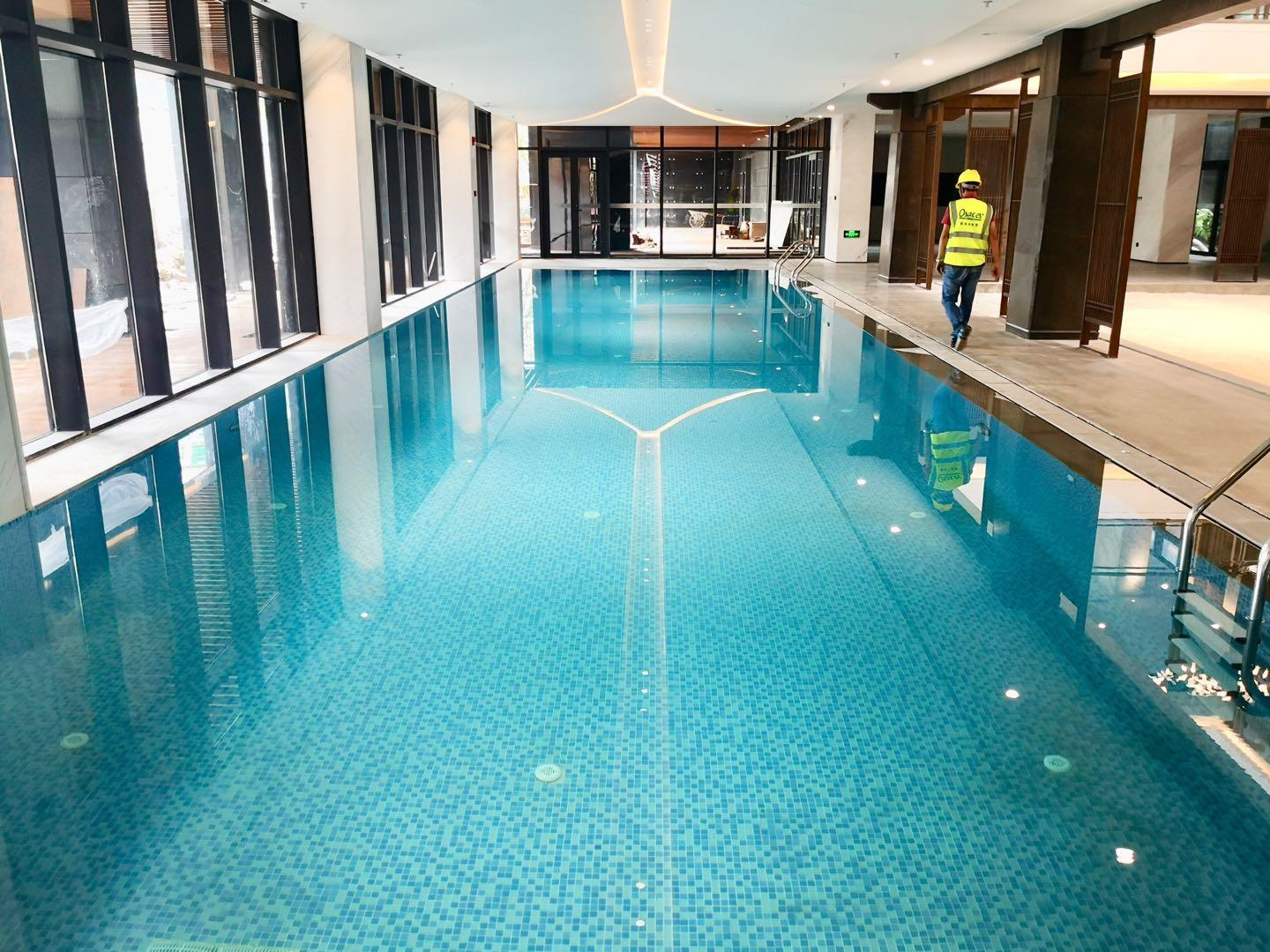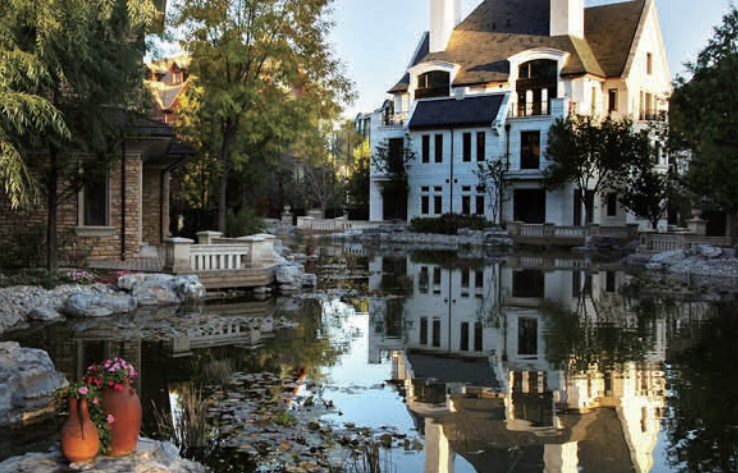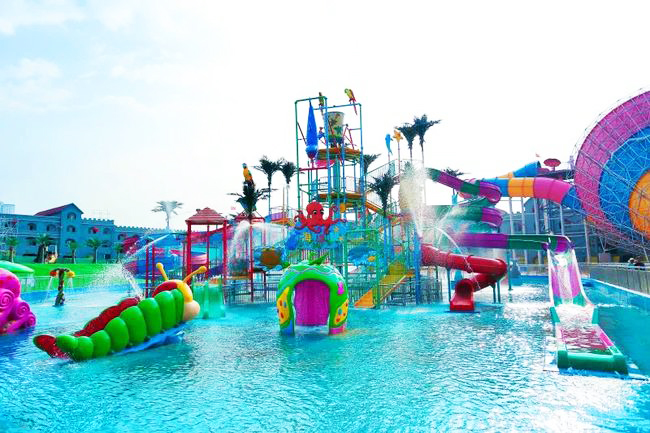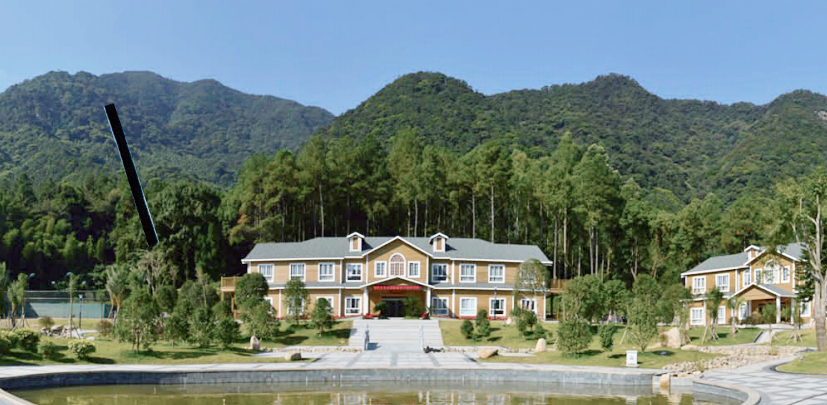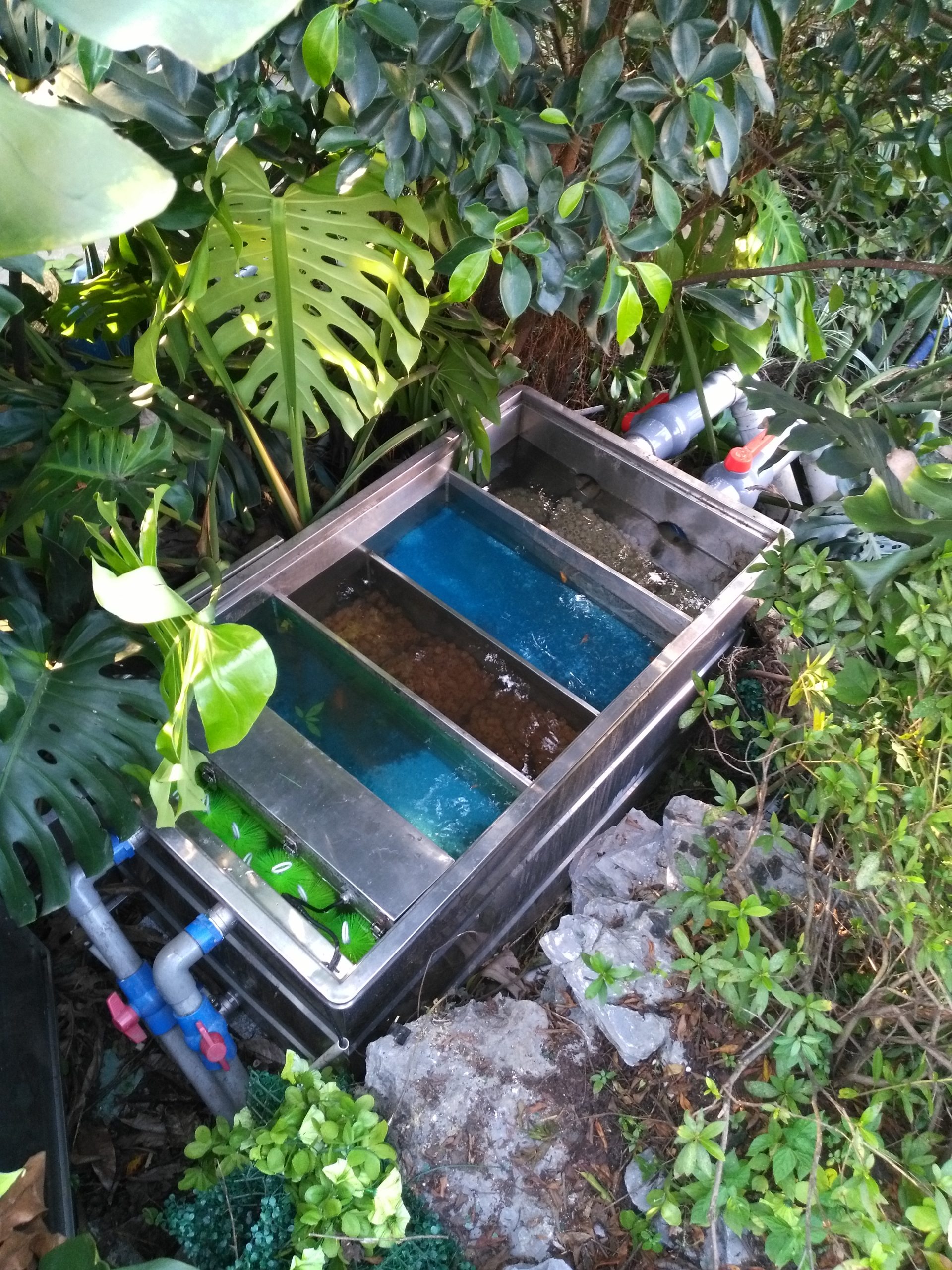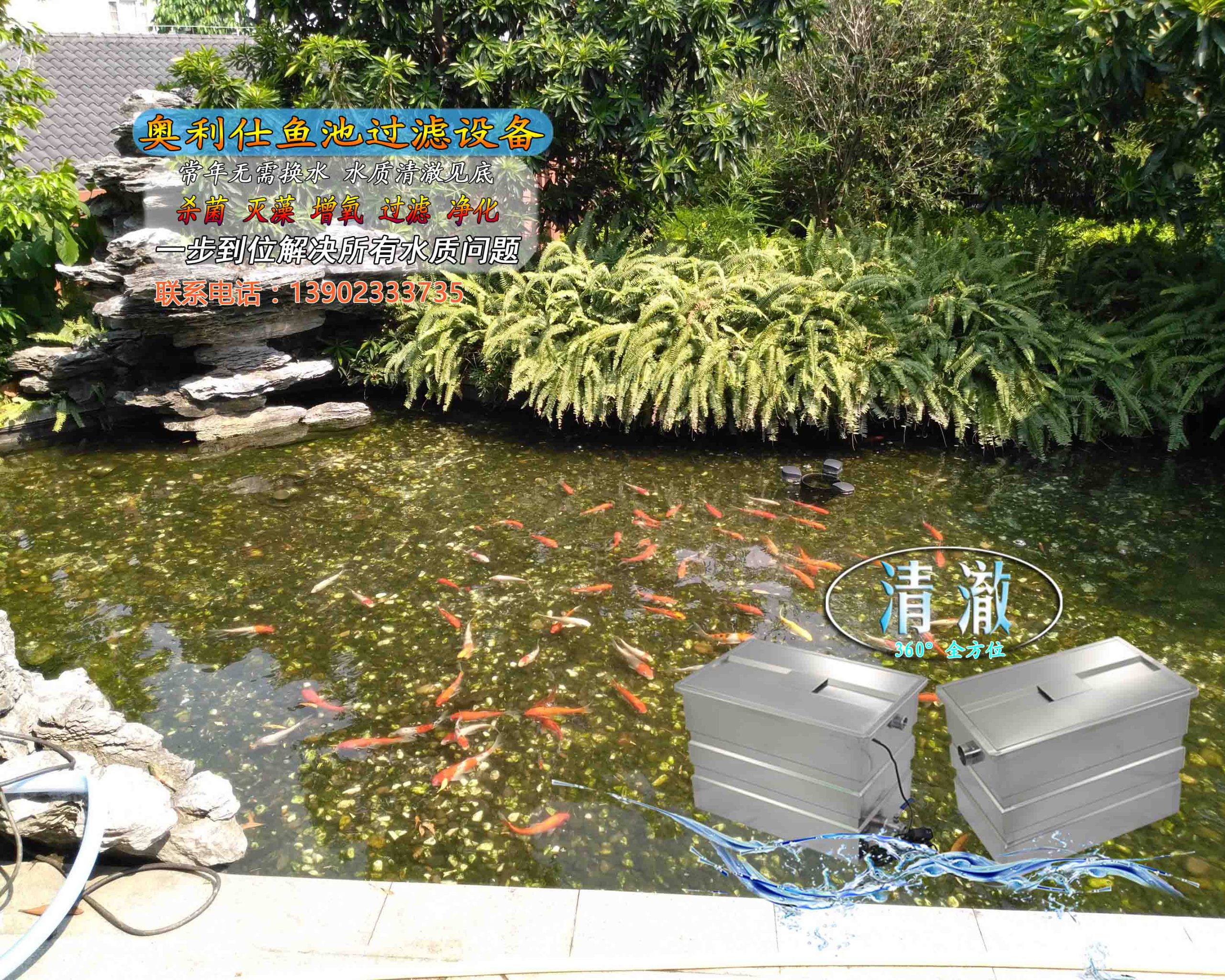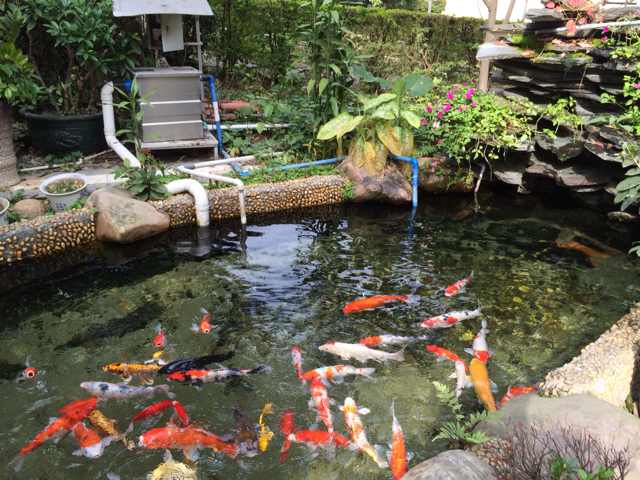common problems
contact details
 Ollies (Guangzhou) Recreation and Sports Equipment Co.
Ollies (Guangzhou) Recreation and Sports Equipment Co.Tel: (020) 82686289
Fax: 020-82694853
Headquarter: No.31-37, Xincun 2 Road, Shangjiang North Street, Dongzhou Village, Xintang Town, Zengcheng City, Guangzhou, Guangdong, China
These Factors Determine Koi Growing Conditions
The factors proposed here to influence a good or bad growing environment for koi are mainly the levels of oxygen, carbon dioxide, and ammonia in the water, as well as the water'spHIf one of these factors is not satisfied, the koi will not live normally and may even die of disease.
1oxygen (chemistry): The oxygen content of water is much less for the atmosphere. The atmospheric oxygen content is21%and in the Celsius20The oxygen content of the water is only about 1.5 times per liter of water at9.17milligrams, due to the large amount of greenery in the water, which produces a large amount of oxygen under their photosynthesis, thus improving the oxygen content of the water. The amount of oxygen in the water directly affects the growth of the koi. If the oxygen content in the water is reduced, the koi will float and in severe cases they will suffocate and die. The very low limit of oxygen deficiency for koi is oxygen per liter of water.0.9~0.13Between milligrams.
The content of dissolved oxygen in the water is affected by factors such as temperature, light, air pressure, the number of plants and animals in the water, and the area of the water in contact with the air. If the temperature is high, it is difficult to dissolve the oxygen in the air into the water, then the metabolism of the koi is vigorous, and the oxygen consumption is greatly increased, so it is easy to occur floating head phenomenon. During the daytime under the irradiation of daylight, plant photosynthesis increases, releasing a large amount of oxygen; at night, plants not only do not emit oxygen, but also consume a lot of oxygen in the water, releasing carbon dioxide, so that the oxygen solubility in the water is reduced.
In water with sufficient dissolved oxygen, koi are active and their intake increases dramatically, which helps to accelerate their growth. Usually the water temperature is between20Oxygen solubility per liter at degrees Celsius9.17Milligrams.
2Carbon dioxide: Carbon dioxide in water comes mainly from dead bodies of plants and animals and food scraps in the water. They produce a large amount of carbon dioxide when they decay and deteriorate. When koi absorbs excess carbon dioxide, it reduces the ability of the blood to carry oxygen, resulting in hypoxia, paralysis and, in severe cases, death of the fish.
3ammonia: Also called amonia, it is a gas. It is mainly derived from fish feces--Urine. Also in water that contains a lot of organic matter such as protein, the organic matter is broken down by bacteria, which also produces large amounts of ammonia. When the amount of ammonia in the water reaches3%(a.k.a.1Kilograms of water containing30(milliliters) when the koi will die.
4,pH(be) worthso-calledpHValue, is the acidity or alkalinity of water, that is, the concentration of hydrogen ions contained in water. When there is a high concentration of hydrogen ions in the water, the water is acidic; when there is a low concentration of hydrogen ions, the water is alkaline. Usually purchased over the counterpHTest strips can be measured. When the paper is red in color, it is acidic; the darker the color, the more acidic it is. Neutral is green; alkaline is blue; the bluer the color, the more alkaline it is.pHValues are expressed as numeric values1~14to indicate.7It's neutral;7The following are acidic; the smaller the data the more acidic.7Above is alkaline; the higher the number the more alkaline it is. BypHtest paper, the acidity or alkalinity of the water will be clear at a glance. The tips of the koi's fins will then become congested and in severe cases they will contract other diseases and die. If the water is severely alkaline, it will stimulate the parotid glands to secrete a lot of mucus, hindering breathing and seriously affecting the growth and development of the koi.
Related content
- Don't let rotting tails affect the koi's aesthetics
- What kind of water is good for fish? Talking more about green water for fish
- What to do if the water in your fish pond is unclear? How to keep the water fresh and clear
- Are you ready for the golden age of koi growth?
- What causes new koi to get sick easily?
- Case Sharing--Foshan Shunfeng Mountain Park 3600 square meters landscape pool purification project
- Case Sharing||Huizhou-- Intelligent Terminal Beidou Industry Production Project Fountain Fish Pond Purification Project
- Guangdong Guanyinshan National Forest Park 300m³ landscape fish pond purification project

